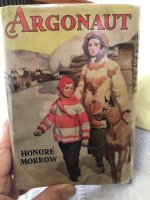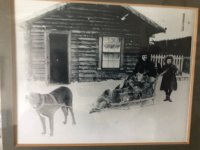Fitz,
As a forester, I can tell you that there is only one place in the world that believes the mumbo jumbo of Suzanne Simard. That is the U of British Columbia.
Trees are in constant competition for nutrients, water, light and growing space.
As a forester, I can tell you that there is only one place in the world that believes the mumbo jumbo of Suzanne Simard. That is the U of British Columbia.
Trees are in constant competition for nutrients, water, light and growing space.


